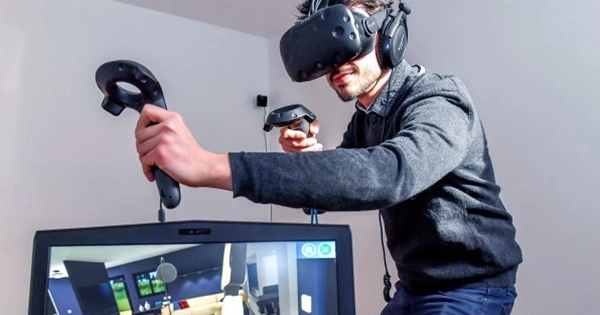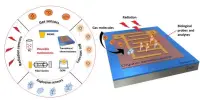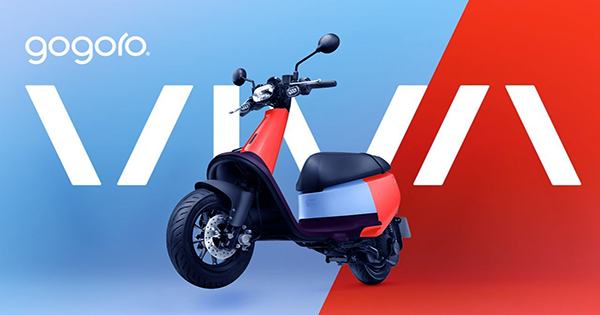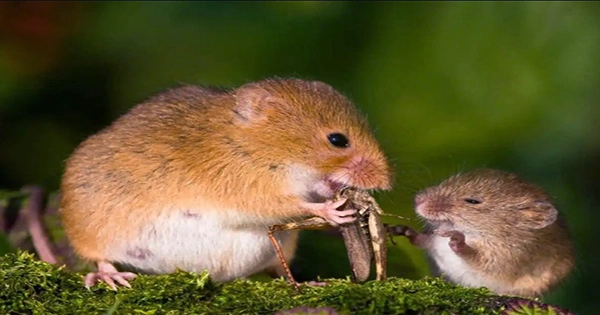Virtual and augmented reality (VR/AR) are advancing rapidly in terms of immersion and realism. From Japanese VR-piloted train employees to joining the metaverse, the technology’s potential is enormous. Researchers now wish to add to the richness of the human experience by integrating the lips as a new haptic target. The mouth is the second most tactilely sensitive organ after the fingers, allowing fine-grained haptics to function well.
Scientists at Carnegie Mellon University’s Future Interfaces Group modified an Oculus Quest 2 VR headset with ultrasonic transducers, which means the components are integrated within the headgear and the user doesn’t require any other devices or infrastructure. After that, the ultrasonic transducer concentrates sound energy onto the mouth, imitating various sensations. Single impulses, impulse trains, swipes in the x, y, and z directions, and persistent vibrations can all induce pulsations. These can imitate a variety of feelings, including wind, cleaning one’s teeth, and perhaps kissing.
We’ve seen ultrasonic transducers previously in innovations like sonic screwdrivers and levitation gauntlets, so this isn’t the first time they’ve been employed in interesting devices. The participants were subjected to a variety of sensory demonstrations, including a scary forest, a school simulator, and a racing game. The haunted woodland simulation, in particular, is not for the arachnophobes! The users had to journey through eerie forests, forcing their way through spider webs, and this sensation was felt on their mouths during the demonstration (from the x-swipe). After that, the user enters a clearing, where a spider climbs onto the player’s mouth (simulation from random impulses).
The user must then fire a flare pistol at the spider, causing it to explode and the player to be splashed with goo (simulated by random impulses on the mouth at a higher frequency). Finally, if you’re not scared enough, the players must battle a gigantic boss spider drenched in venom. This causes rain to fall on the user, which is felt as a random y-swipe on the mouth. According to the findings of the survey, mouth haptics improved immersion realism and other significant characteristics in virtual reality encounters.
The scientists avoided addressing any kissing possibilities due to the nature of the research and the need to keep things PG. However, if this approach gets more popular, it may be employed in virtual reality kissing booths. If individuals go this path, it may be possible for many lonely hearts all over the world to get love and tenderness on demand.
















